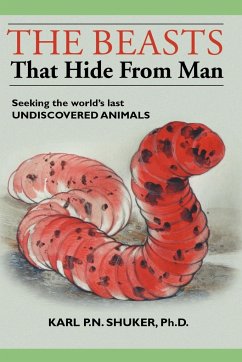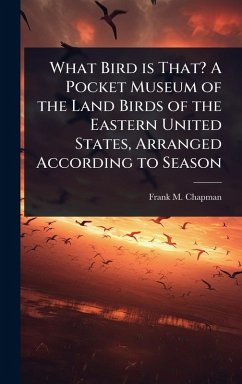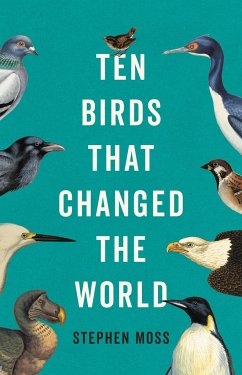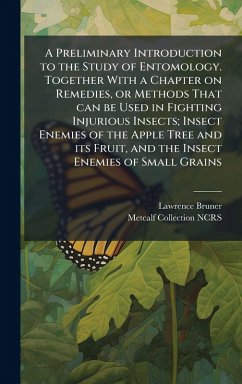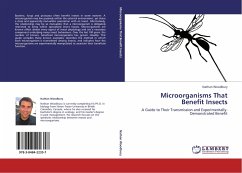
Microorganisms That Benefit Insects
A Guide to Their Transmission and Experimentally-Demonstrated Benefit
Versandkostenfrei!
Versandfertig in 6-10 Tagen
45,99 €
inkl. MwSt.

PAYBACK Punkte
23 °P sammeln!
Bacteria, fungi and protozoa often benefit insects in some manner. A microorganism may live passively within the external environment, yet share a close and apparently mutualistic association with an insect. Alternatively, the relationship may be so mutualistic that a microorganism is obligately restricted to living within specialized insect tissues. Microorganisms are known affect almost every aspect of insect physiology and are a necessary component underlying many insect behaviours. Over the last 100 years, the number of known, beneficial microorganisms has grown steadily. This guide compil...
Bacteria, fungi and protozoa often benefit insects in some manner. A microorganism may live passively within the external environment, yet share a close and apparently mutualistic association with an insect. Alternatively, the relationship may be so mutualistic that a microorganism is obligately restricted to living within specialized insect tissues. Microorganisms are known affect almost every aspect of insect physiology and are a necessary component underlying many insect behaviours. Over the last 100 years, the number of known, beneficial microorganisms has grown steadily. This guide compiles those known examples, describes the method in which each microorganism is transmitted among insects, and indicates how the microorganisms are experimentally manipulated to ascertain their beneficial function.



